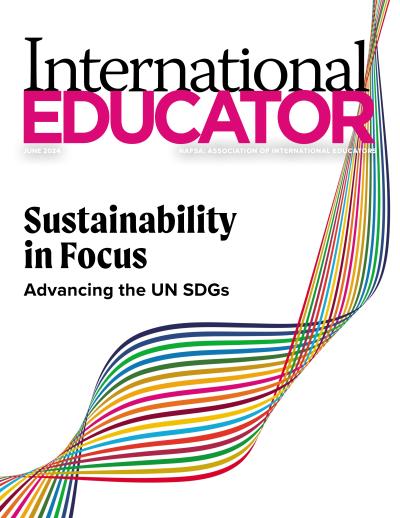InBrief: March + April 2013
In this issue: innovative postsecondary education; education abroad as a strategic investment; ACE’s new online internationalization series; record numbers of recipients of scholarships from the King Abdullah Scholarship Program; termination of exit visa requirements for Cuba’s citizens; tech startups in India; increased study abroad opportunities through 100,000 Strong in the Americans initiative; and a blog series on SEVIS questions.
Investing in Innovative Postsecondary Education
In the United States, the time-honored model of a postsecondary student suggests a middle class or above 18-year-old sent off to a college or university with competitive acceptance rates, prominent alumni, and maybe a spirited football or basketball team. Most instruction takes place in a classroom on campus during the day. While some students may work part time, the bulk of their expenses are covered by mom and dad. In this traditional model, students typically begin with a similar foundation of knowledge and at least a sense of what their career goals are and how to reach them.
A new report challenges this conventional idea of students and urges college leaders to embrace the colorful, offbeat postsecondary students of the twenty-first century. Based on the report commissioned by the American Council on Education (ACE), this relatively homogenous body of students that our universities traditionally cater to now makes up just 15 percent of current undergraduates. Louis Soares, special adviser to ACE President Molly Corbett Broad and author of Post-traditional Learners and the Transformation of Postsecondary Education: A Manifesto for College Leaders, concludes that the United States’ traditional system of two-











